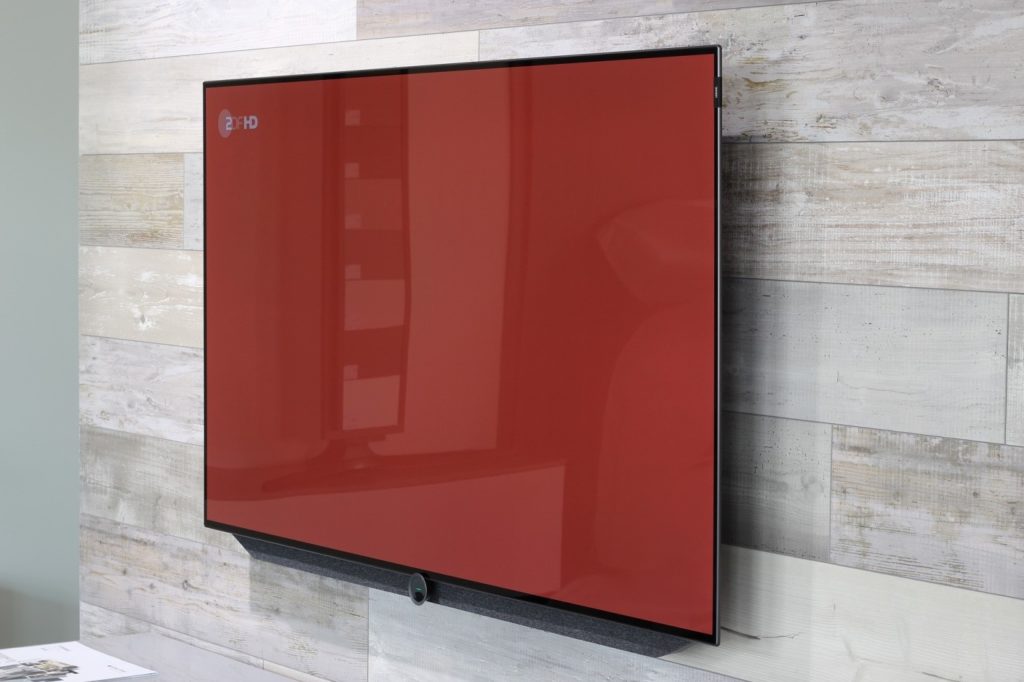Most everyone has heard of smart TVs, but if you’re thinking of upgrading your current TV to a smart TV, it does pay to learn as much as you can about it. First of all, are smart televisions really ‘smart’? If you’re planning to get a television upgrade and are seriously considering getting a smart TV, here’s your essential guide to smart TVs: what they are, what they can do, what you can expect from your smart TV, and more.
What is it?
The original term for smart televisions was ‘connected televisions’ but they were later called smart televisions by brands such as LG and Samsung. The term refers to any TV which you can connect to the Internet so that you can access services for streaming as well as apps for entertainment, such as video rental on-demand, web browsers, and Internet music. Today, some models even feature voice-recognition capabilities, such as Alexa, and there are also other models which can now find films and shows across apps and live programmes from satellite or cable using voice-driven search. Many smart TVs today are also compatible with various other devices in the modern household such as door locks, sensors, and lights.
How it connects to the Internet
Smart televisions make use of either built-in WiFi or a wired connection (Ethernet) to connect to a home’s Internet network. Most smart TV models now have built-in WiFi, but you should check the Standard WiFi connection which comes with the TV if you are planning to stream films. Also, if you have a large home, you should check the coverage of your WiFi – for instance, if your router is in the cellar and your smart TV is on the 2nd floor, your unit may not be capable of smoothly streaming video from providers such as Netflix. You need to check that your smart TV gets a strong signal from your wireless connection, although you can remedy a weak signal by getting a good router which can support 802.11ac.
The services you can expect from a smart TV
There isn’t any standard OS (operating system) for smart televisions. Each manufacturer uses various software and different graphics. But most smart televisions can support services like Netflix, Amazon Prime, Pandora, and Hulu. Bear in mind, though, that some units can only offer several apps which hardly ever change, while other units can provide different screen offerings. The app arrangement per smart TV can also vary depending on the manufacturer, with some TVs featuring a single row of app icons and others displaying a full-screen app menu.
Other considerations
While smart televisions are becoming more advanced, be aware that they can still hang or crash, much like a computer. Smart TVs use computer chips for processing videos and multiple screens as well as accessing the Internet, and units also make use of memory for buffering music and video. Some apps can freeze or crash the TV, and upgrades have resulted in a loss of power as well. But the units are changing and becoming better, and often, all you have to do is turn it off and turn it back on after a few minutes.
Of course, whether you go for a smart TV or a regular TV, you should also consider its placement and your viewing comfort. For this, you can go for a TV wall mount or a display stand, although most people go for wall mounts since they can be tilted and angled for optimum viewing.
